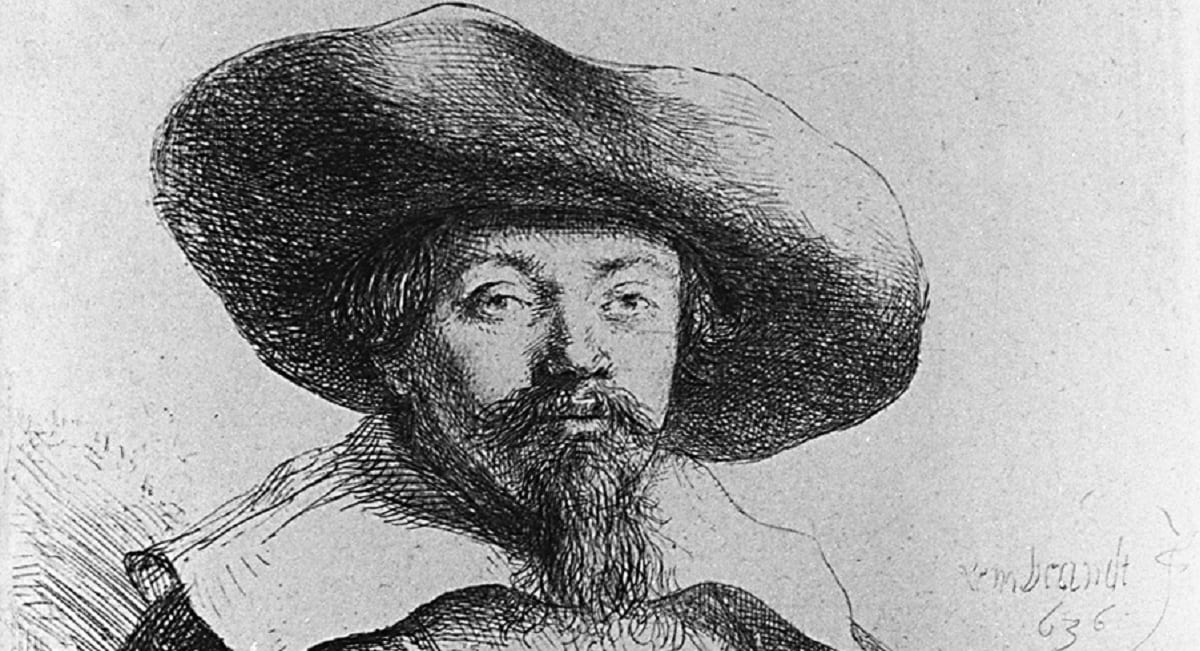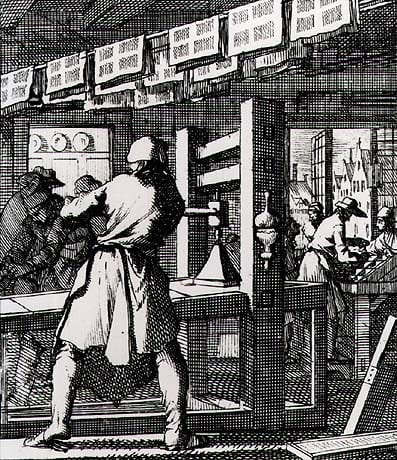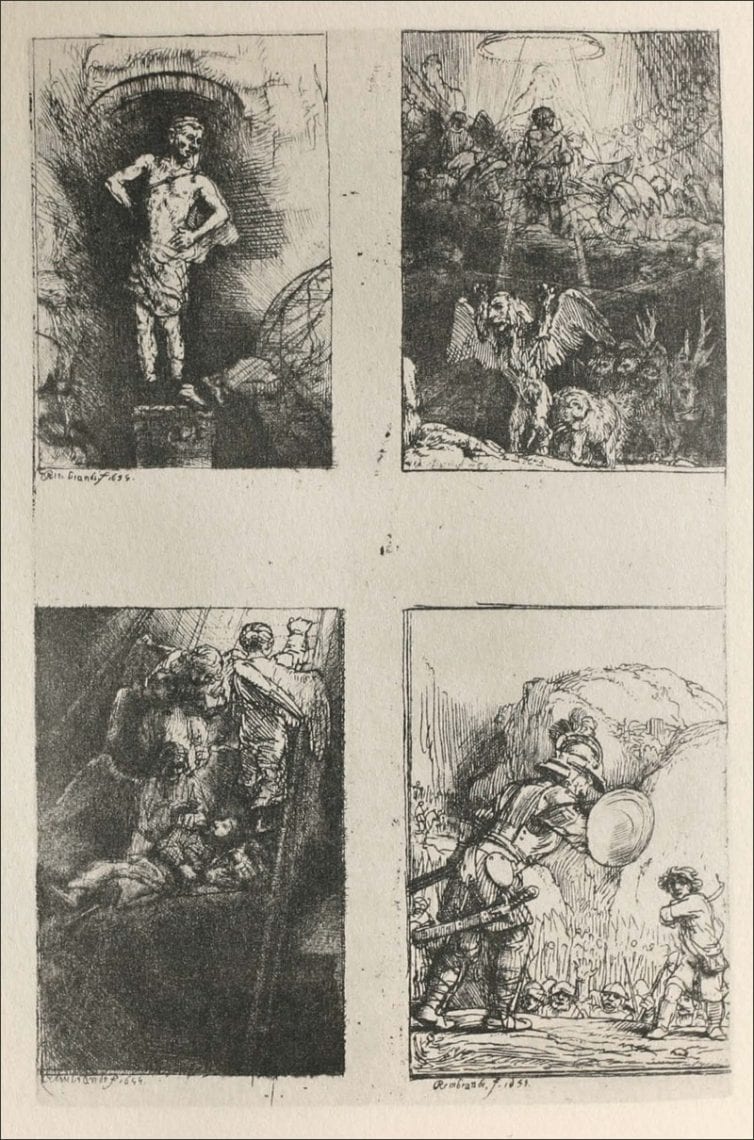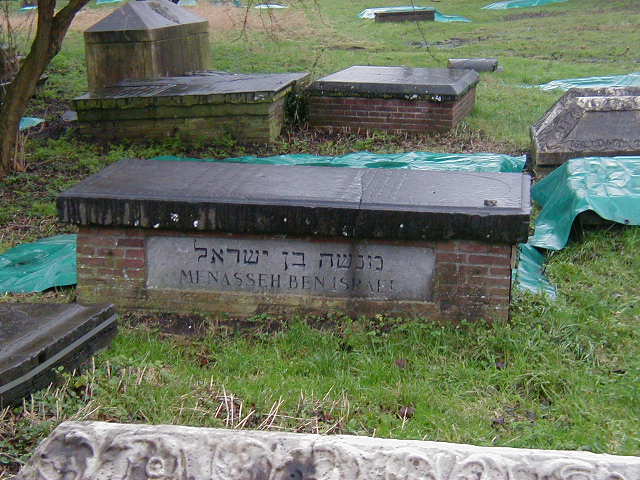Hear this out: Hitler wasn’t just a diabolic psychopath, but also a wretched plagiarizer of symbols and ideas. The yellow badge, for example, was borrowed from another Jew hater, who lived centuries before the Nazis came to power in Germany: Edward I King of England (1239-1309). Old Ed hated and loathed the Jews so much, he fined them, accused them of coins’ forgery, killed hundreds of them and even forced every Jew older than 7 to wear a yellow badge shaped like two tablets, six fingers long and three fingers wide.
When Edward ran out of creative ways to persecute Jews, he simply kicked them out. The deportation decree was issued in 1290 and for 350 years the Islands were “Jews Free”, to use some Nazi lingo. That is, until one Jew came and turned history around with his wisdom and devotion.

That man was Menasseh Ben Israel. Born in 1604 to “Marrano” Jews who fled the Portuguese inquisition to the liberal city of Amsterdam, he was a child prodigy. His phenomenal comprehensive knowledge in sciences and languages, as well as his striking rhetoric skills were amazing. At the age of 15 he started to hold sermons to the Jewish congregation, and at 17 he published his first essay, “Sapha Berura”. Then at 18, after his rabbi died, he was appointed as his successor – rabbi of the “Neve Shalom” congregation in Amsterdam.
He was a resourceful, creative man, who really thought outside the box, long before this phrase became a cliché. He founded the first printing house in Holland, which served three purposes: respected livelihood for his family, efficient tool to distribute his works of literature, and a network of connections with authors and intellectuals who needed their works published.
In his twenties, Menasseh Ben Israel was already adored by Jews and non-Jews. “The wise praised decoration of our people in the eyes of the nations, who puts together those educated elevated words, not yet seen among the nations; whom all the nations’ wise men consult with daily, wishing to him utter his wise thoughts” – as the Jewish scholar and physician Yosef Delmedigo described him. Among his friends was also “Rembrandt, the gifted Dutch painter who created a portrait of Ben Israel and illustrated four works for the latter’s book “Piedra Gloriosa”.

Menasseh Ben Israel would have remained just another Jewish prodigy, one of many, if it wasn’t for an event that took place one day in September 1644. That day, Dr. Zvi Goldblum writes in his essay “Man of Hope”, an unusual traveler landed in from South America: Aharon Levi de Montezinos, who reported that in his travels through America he encountered a group of Indians who used to pray “Kriat Shema” and considered themselves descendants of the tribe of Reuben. Upon hearing this testimony, Ben Israel was convinced that it was proof for the finding of the ten lost tribes of Israel. He immediately started to work on his famous book “Mikve Israel”, written in Latin, as it addressed English theologians, whom he urged to persuade the English parliament to allow Jews to resettle in England.
We may ask, what did the testimony about the existence of the lost tribes have to do with the return of Jews to England? and why was a printer and publisher from Amsterdam so concerned with this issue, that he had made it his life mission? The answer lies in the profound change that occurred in the 17th century in the attitude of the Christian establishment towards the Jews, mainly in Protestant England. At that time, the bible was no longer perceived as a pre text for the appearance of Jesus, but rather as a basic textual building block of the entire western culture. A new realm became popular among theologians in England: Hebraism – the study of Hebrew culture and language, biblical interpretations, the Mishna and Talmud, and of various Jewish texts.

The English scholars actually believed that should all the Jews convert to Christianity, the world shall be redeemed and Jesus Christ shall resurrect. The alleged discovery of the ten lost tribes and their potential mass conversion to Christianity, fascinated them as a messianic possibility. They believed it was a unique opportunity to convert all the Jews and to hurry the return of the son of God. In his book “Mikve Israel”, Ben Israel set a condition: The Messiah will only come if the Jews shall settle and re-settle in all corners of the world. He based it on the verse “Then the LORD will scatter you among all the nations, from one end of the earth to the other” (Deuteronomy, 28, 64). As long as Jews were not allowed to settle in all corners of the world, in particular in England (named in French Angleterre – end of the land), Ben Israel asserted, the coming of the Messiah was to be delayed.
It was the perfect timing for such a doctrine, since according to an old Christian belief, in 1666 (ten years later) the doom day was due. Ben Israel knew how to take advantage of the mystic opportunity offered by history – in order to change history.

Ben Israel’s new book was accepted enthusiastically in England, and especially adored by Oliver Cromwell, leader of the English Parliament, who invited Ben Israel as his guest of honor to England. The issue of the return of the Jews became so trendy, that a special committee, the Whitehall committee, was formed, which announced that though legally there was no law against the settling of Jews in England, there could not be given a legal authorization to it just yet.
Deeply disappointed by this decision, Ben Israel passed away in 1657. Much like the 19th century Theodor Herzl, whose essay lit the Zionist fire, Ben Israel too did not see his vision come true. Only seven years after his death, in 1664, did the Jewish community of London receive formal protection from the authorities. Two centuries later, England would even have a Jewish prime minister.
